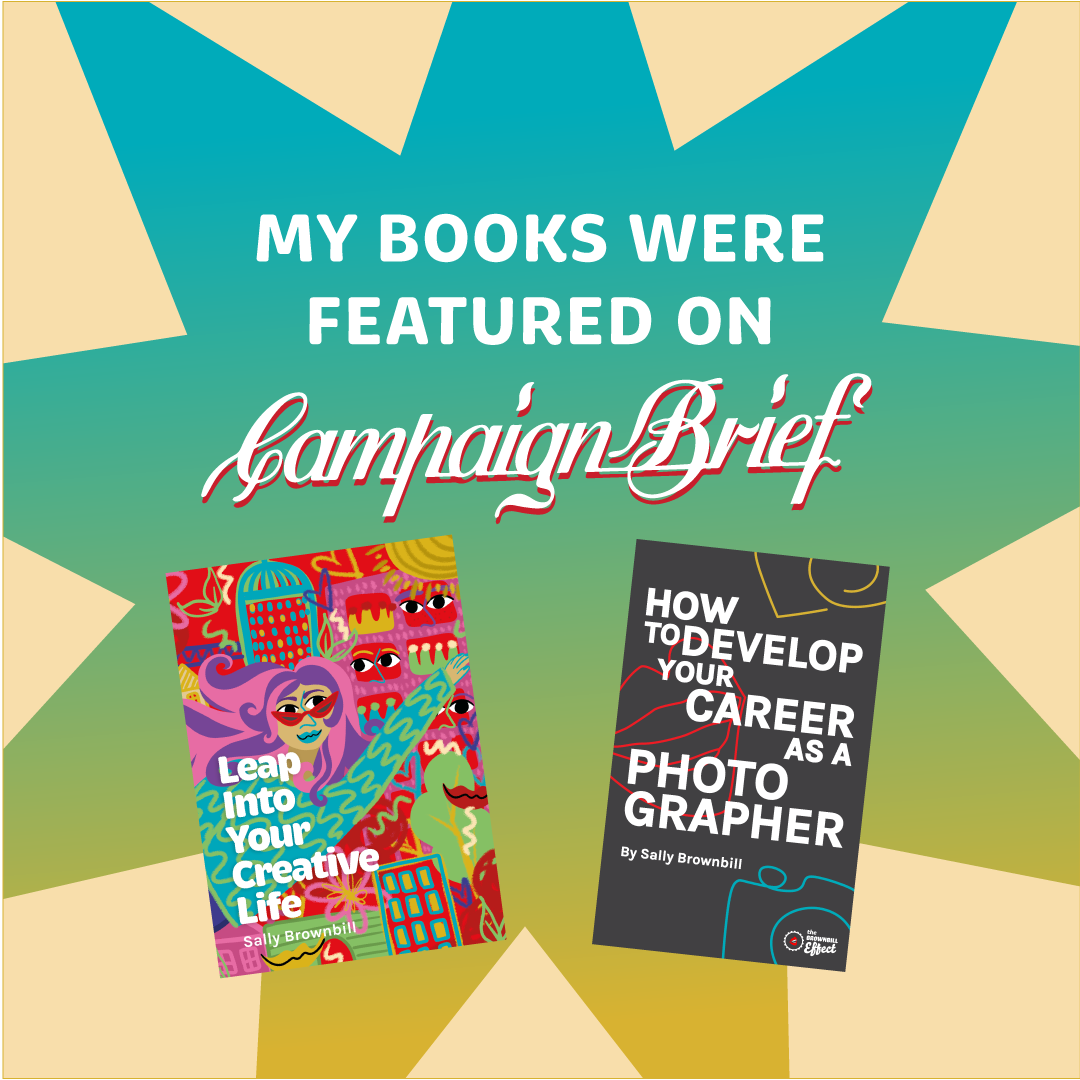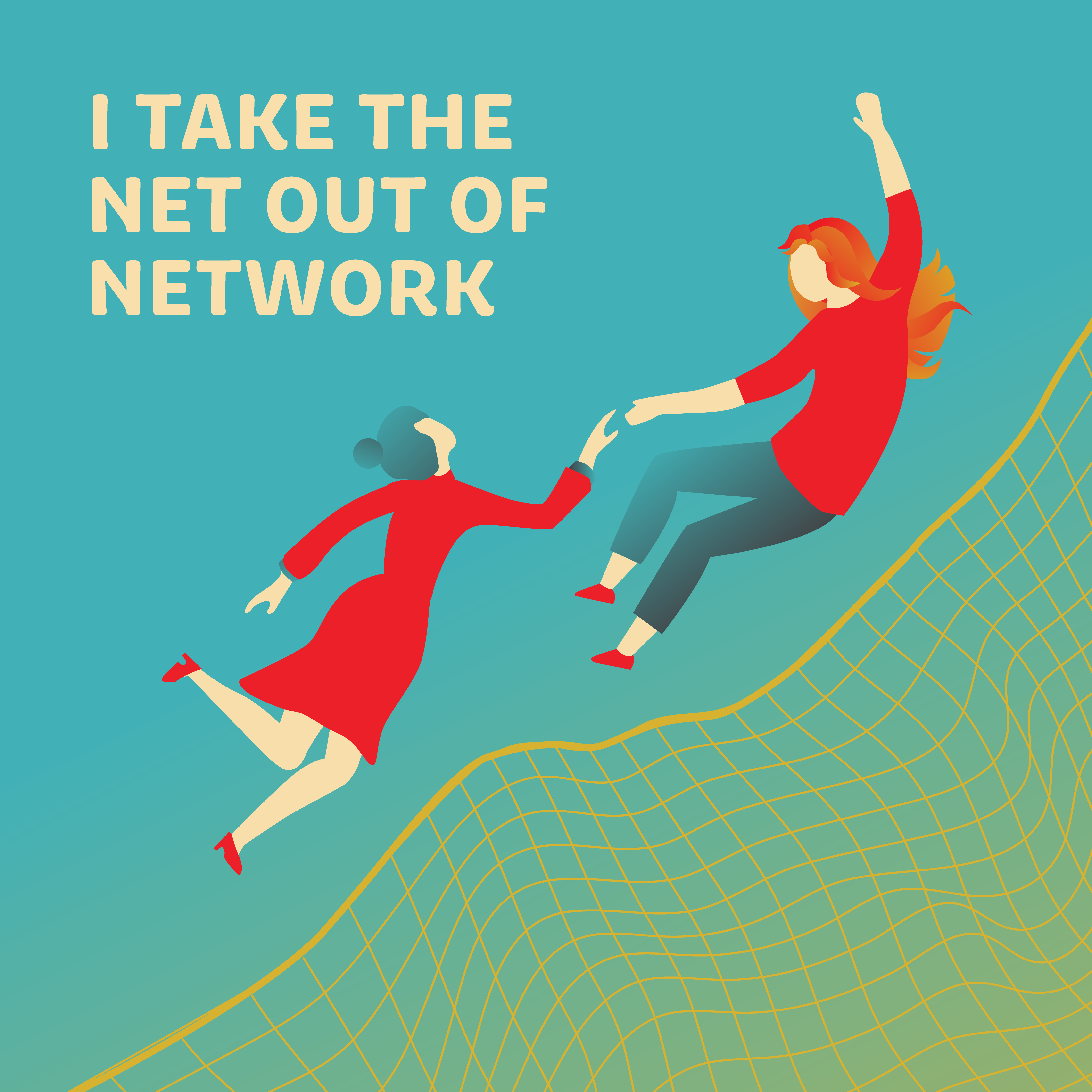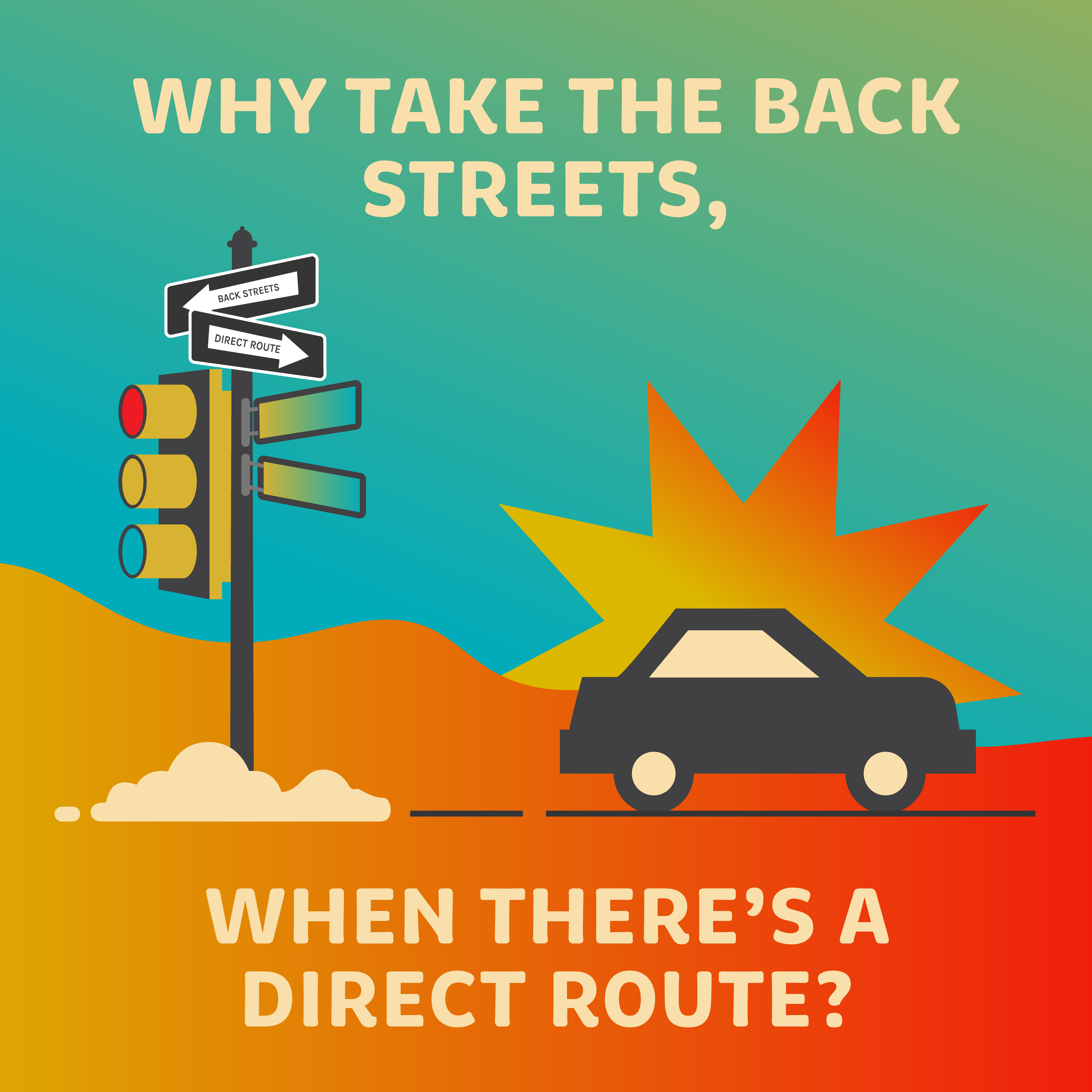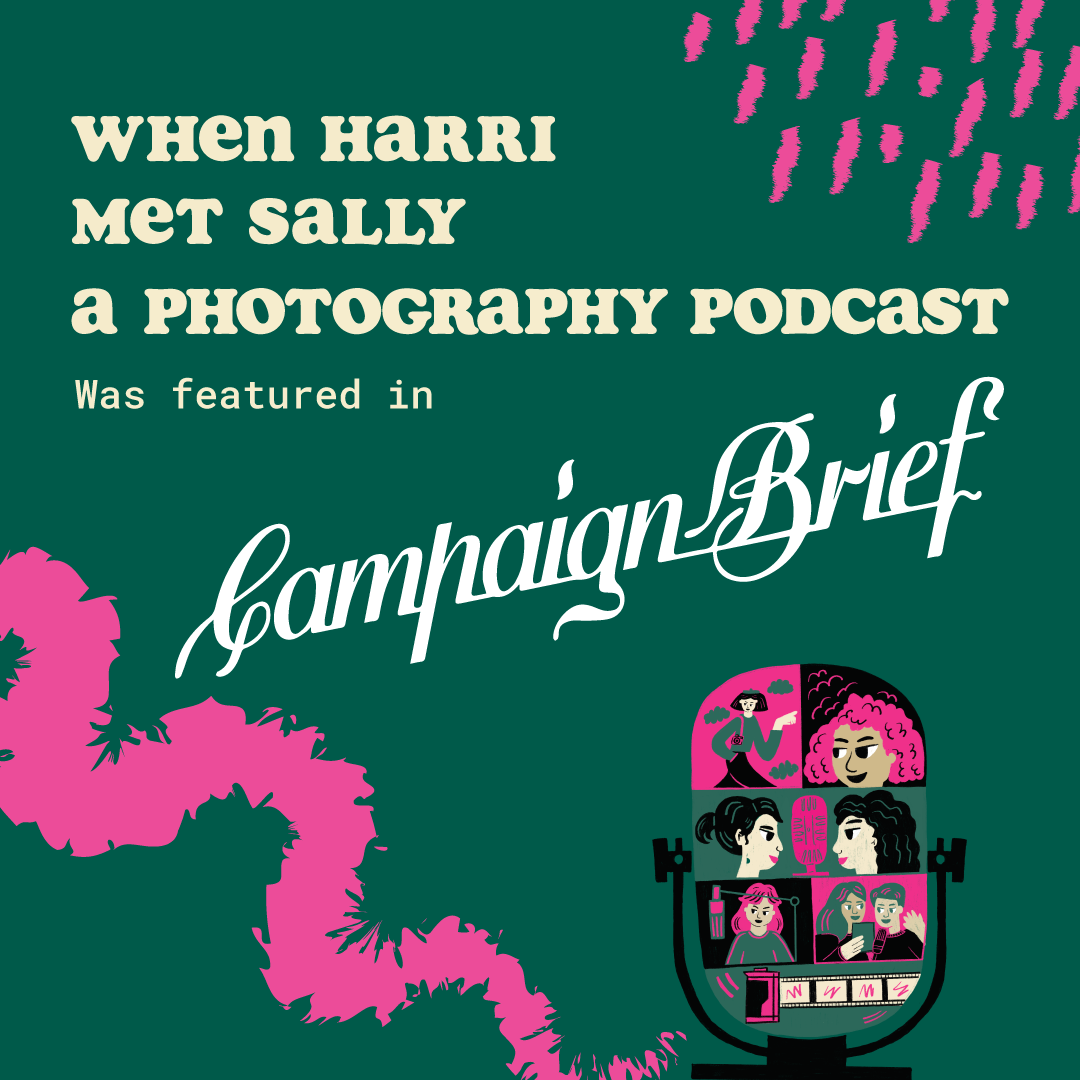
Sally's Insights - What it takes to become a Pro
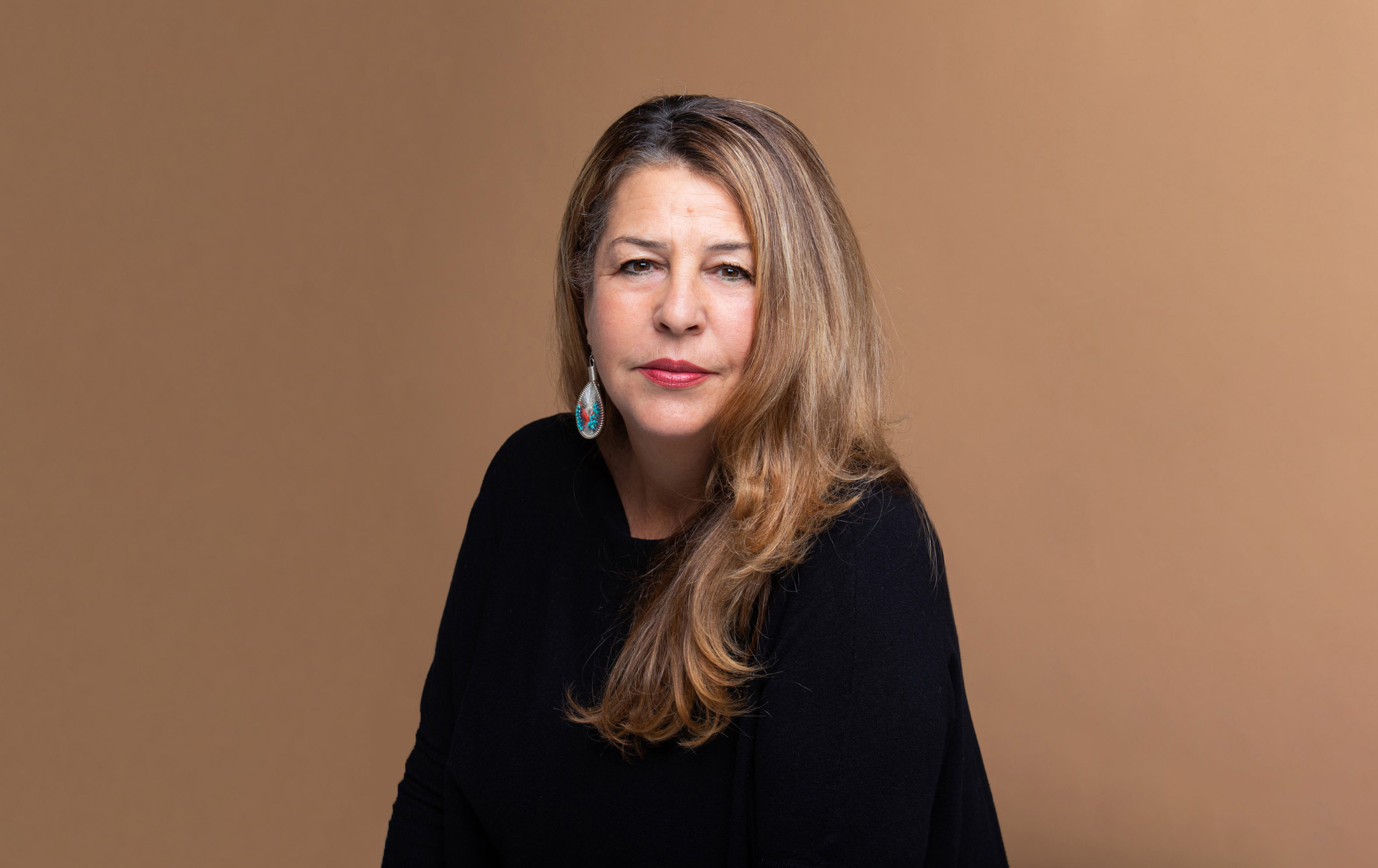
As seen in Photo Review: https://www.photoreview.com.au/tips/what-it-takes-to-become-a-pro/
Author, teacher, connector, and managing director of The Brownbill Effect, Sally Brownbill has been advising and helping people in the creative industry for more than two decades. In this article Sally explains what it takes to work successfully as a professional photographer.
Know who you are
It’s important you know who you are, what you’re worth and your point of difference.
Everyone you would love to work with probably has a photographer (or a team of them) they already use. So, you need to work out what is it you can offer that will make them decide to give you a go.
The truth is you are the point of difference. You are unique in the way you see things, and how you approach situations. Your lifestyle also sets you apart. Are you a recent graduate? Do you have children? Or elderly parents? Have you worked overseas, underground, as a teacher or on building sites?
All these factors and more are part of the decision about which photographer to work with on a specific shoot. Understanding your personal brand and being able to show how it sets you apart is crucial to finding the work you want to do.
Surround yourself with the right people
Remember your brand extends through to the team you can pull together and how good you are at finding the right locations.
Take some time to build relationships via collaborations with other talented people. They might be retouchers, stylists, makeup artists – if they are great at what they do collaborating with them will support you in your photography. Sometimes they’ll be on your team, other times you’ll be part of theirs. Knowing the right people to work with is key to getting ahead.
Build a working network
I cannot stress how important it is to establish a network.
You are entering a world of communication and you must be as great at selling yourself as you are as a photographer. Your network needs to be constantly growing and you need to work it. And not just online. It’s important you get out there meeting people, being seen, going to events, and introducing yourself to people you want to work with. Online activity is important of course but remember it’s not just about telling the world how good you are – it’s also about building a rapport by liking and commenting on other people’s posts.
If you are an architectural photographer, follow, like and comment on posts from architects, stylists, builders, interior designers, graphic designers. Everyone likes to be appreciated and this will help you build a network of like-minded industry people.
Too many photographers create a network of other photographers, full stop.
Of course, you must include them but it’s a big world out there and jobs can come from many sources. This is true for online and in person. I keep saying in person, because that is how life is and the way deals have always been done. People feel comfortable working with mates and those they enjoy working with. An in person meeting fast tracks a feeling of “they’d be a perfect fit for this job and client”.
How to show what you’ve got.
I believe it is essential to have a good, easy to navigate working website.
It needs to be kept up to date and cover who you are and what you offer.
I look at this as the literal approach to your work,
It must also contain a great bio and a photo. Yes, a photo. Remember, we are visual people – I love to see a headshot as I’m more likely to remember a face than a name.
You also need an online portfolio. This is different to a website as a folio presents a lateral approach to your work.
It is personal, it’s inspirational, and it takes the viewer on a creative journey of ebbs and flows. Your folio fully demonstrates your personal brand and how you approach your work. It makes showing someone your point of difference easier. Not every shot in your folio must be a winner- this is more about a visual journey through your work. Most importantly don’t simply repeat the same work that is on your website.
Aim for about 15% being the same and complement it with new or old work, that sings.
If you have the time and the money, invest in a printed version of your folio.
This is a beautiful option for a face to face meeting.
There is nothing finer than the tactile experience of turning a page, looking at paper stock, and being wowed by exciting visuals.
Printed books/ folios don’t have to cost a bomb as there are many digital platforms that print out great work. Or you can print your own pages and buy a leather-bound folio to contain them. You can also print your own pages and learn how to saddle stich or involve a book binder to create a magazine style of folio. There are many options to explore.
Breaking down the do’s and don’ts
1. DO be a great networker. Get out there and meet people, shake hands, like and comment on social media.
2. DO surround yourself with great like-minded people to help you with your business, from bookkeepers to assistants and beyond. They are a part of your brand and will help you be the best you can be. Having a strong team around you also instils confidence in future employers. They want jobs to run smoothly, have fun, listen to good music, come in on budget and deliver a fantastic end result. It really helps to share that responsibility with others.
3. DON’T assume the client has told you everything you need to know. Ask questions about the budget, the deadline and anything else that will help you get the job done.
4. DON’T hold back on helping wherever you can. Offer to help with casting, with locations, with styling – show your client everything you can bring to the table.
5. DON’T wait for the phone to ring. Be proactive and be out there. And don’t sit on the same folio and/ or website for years. Keep updating them with new work, look at this as part of your job description.
6. DO keep up to date with new techniques, programmes, technology, and equipment. Let people know what you are learning and how it could help them.
7. DO work on your presentation skills. Make sure you do your website, folio, and your CV justice. I suggest everyone should have a CV, especially when you are dealing with international companies. They like to know exactly who they will be working with. A CV is one of those things it’s always great to have on hand if you’re asked. A strong LinkedIn profile works well too, but make sure it is always up to date and you fill out as many areas as you can with information, testimonials, and work. Think of it as another networking tool.
It is more than great pictures
Photography is a wonderful career choice but becoming a pro is so much more than taking great pictures. It is important to understand the business of photography- how do I get a client; how do I look after a client and how do I keep a client.
It’s also about having fun, being creative and the best you can be.
This is a good time to plug my consultations – career, folio, and website – where I work with photographers at all stages of their career. I also spend a lot of time with keen amateurs wanting feedback on their work or planning for possible exhibitions.
I love to talk photography, give feedback and find solutions and pathways for people to get ahead in their chosen profession.
Please check out my website www.thebrownbilleffect.com and get in touch.
I’d enjoy the opportunity to talk about you and your photography.
You can also purchase my book How to Develop your Career as a Photographer from the website. Digital or Print version. https://thebrownbilleffect.com/shop
Sally Brownbill
0403 302 831 | sally@thebrownbilleffect.com
Call Sally Brownbill 0403 382 831 or email sally@thebrownbilleffect.com
Share it around…


